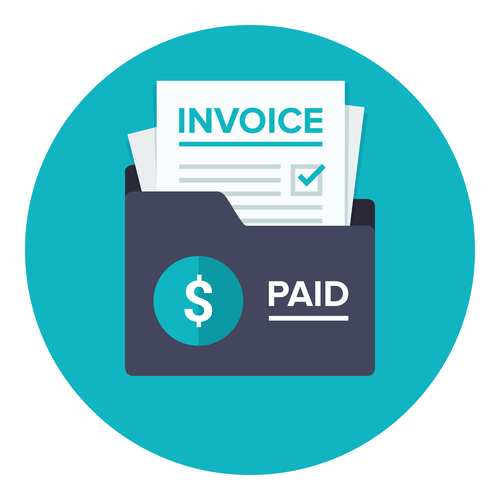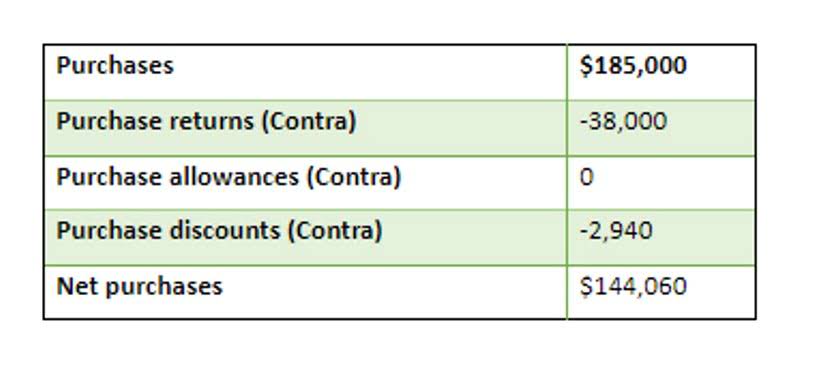Chart of Accounts for Law firms with Legal Examples

Once you have a billable expense set up, expense can be assigned to clients and put on invoices to get reimbursed. Sometimes, banks will deposit the interest in one month, but withdraw the money in the next month. If you run the balance sheet for the first normal balance month, it should show your client currently owes the interest to the state. Then, when the money is paid to the state, the money is no longer owed and the interest payable account will be zero. Even though your state may have its own unique rules, there are a couple of things you should include in your clients’ chart of accounts in order to easily comply with most record keeping requirements.
Key Components of a Legal Firm Chart of Accounts
- By mastering these concepts, you’ll be better equipped to ensure 1099 compliance with the IRS while avoiding costly penalties.
- Also, you can use a legal-specific template provided by your accounting software.
- For solo attorneys and small law firms, maintaining Form 1099 compliance is essential to running a successful practice.
- If your firm pays that bill with a credit card instead, the transaction would involve a credit to the credit card account on the liability side, plus a debit to utility expense.
- This listing also provides a structure for correctly managing funds between operating accounts and pooled trust accounts.
- A hierarchical structure based on account types is crucial when creating a chart of accounts for a law firm.
- Also, certain complex transactions, such as those involving client trust funds or partner distributions, require an understanding of both legal and accounting principles.
Under the heading of segregated liabilities, your chart of accounts should include pooled trust accounts and separate, interest-bearing trust accounts. For example, you must track pooled trust account balances by client, and you cannot commingle operational funds and client funds. Addressing those compliance issues requires a proper, lawyer-specific chart of accounts. By adding in these accounts, law firms will be able to easily enter transactions properly in their accounting system. Most data needed for state reporting requirements, including three-way reconciliation reports, should be easily found within the balance sheet and profit and loss statement.
Why is accounting important for lawyers?
The sample Chart of Accounts (COA) included with accounting software is intended as a basic template. Often, law firms strictly adhere to these predefined accounts, which leads to disorganized bookkeeping. Our approach involves developing a tailored COA that effectively serves a law firm’s unique requirements. Provided below is a sample of a customized chart of accounts optimized for a family law practice. Using law firm management software with robust accounting capabilities can also automate the double-entry bookkeeping process involved in managing general ledgers.

Liabilities
Align accounts with your reporting needs, tracking costs for individual cases or differentiating marketing expenses. By identifying these accounts, per your firm’s requirements, your chart of accounts becomes a valuable resource for tracking finances. A generic Chart of Accounts may not adequately address the specific needs of a law firm. A tailored chart of accounts for law firms enables precise tracking of legal law firm chart of accounts expenses, client billing, trust accounts, and other unique financial aspects inherent to the legal profession. It ensures that financial reports are not only accurate but also offer meaningful insights into managing the firm’s finances.

Using pre-configured law firm charts of accounts templates eliminates the need for manual creation. It also allows the customization of accounts to fit each firm’s unique needs, ensuring that complex transactions like client trust funds or partner distributions are correctly classified. By assigning specific codes and names to various accounts, a chart of accounts enables accurate tracking. It facilitates streamlined bookkeeping, simplifies tax preparation, and ensures compliance with regulatory requirements. With a comprehensive chart of accounts, law firms gain valuable insights into their financial health.
- If you are logging time and reimbursable expenses or creating invoices in an application, that program affects the records organized under your chart of accounts.
- Begin by collecting completed Form W-9s from all potentially 1099-eligible vendors before paying their first notice.
- This overview covers the elements that comprise a standard accounting chart, along with practical tips for implementing the chart into your firm.
- Law firms, like any other business, require effective financial management to ensure stability, growth, and long-term success.
- Many lawyers go to one or the other extreme—they either claim everything (and possibly more than they’re allowed to), or they’re so afraid to overstep they miss out on tax deductions.
- Provided below is a sample of a customized chart of accounts optimized for a family law practice.

After the billable expense is set up, expenses can be assigned to clients and listed on invoices to get reimbursed. The difference between the billable expenses and the income will show how much your client’s law practice has in outstanding reimbursable expenses. At times, banks deposit the interest in one month but withdraw the money in the next month. If you run the balance sheet for the first month, it should show your client owes the interest to the state. When the money is paid to the state, the interest payable account should be zero.
Chart of Accounts, Calendar, and Ledger
It involves a ton of inefficient, manual work—involving a lot of spreadsheets, paper invoices, inputting data entry, and struggles with collections. This is because a professional legal bookkeeper and accountant can help you manage your firm’s revenue and ensure your firm’s financial transactions are handled ethically and accurately. Beyond just staying organized and compliant, following best practices for accounting for law firms will help you identify growth opportunities. Bookkeepers record Food Truck Accounting the financial transactions and balance the financial accounts for your firm. Legal bookkeeping takes place before any accounting can occur and is an important administrative task for any law firm.